Atherosclerotic cardiovascular disease (ASCVD), a type of cardiovascular disease, that is caused by dyslipidaemia and the accumulation of lipoproteins within the arterial wall, leading to the formation of atherosclerotic plaques. These plaques grow due to continued accumulation of lipoproteins and the proliferation of smooth muscle and fibrous tissue. All these factors contribute to narrowing of the arteries, with subsequent plaque rupture and thrombosis.8
__________________________________________________________________________________________________________________________________________________________________________________________________________________________________________________________________________________________________________________________
Atherosclerotic cardiovascular disease
Cardiovascular disease is the leading cause of mortality worldwide, accounting for an estimated 18 million deaths per year.1
In Ireland, cardiovascular disease:
- Is responsible for over a quarter (27.5%) of all deaths2
- Causes more than 8,700 deaths each year2
- It is a clinical priority for the HSE.3

The risk of developing cardiovascular disease can be reduced by addressing behavioural risk factors, such as:4
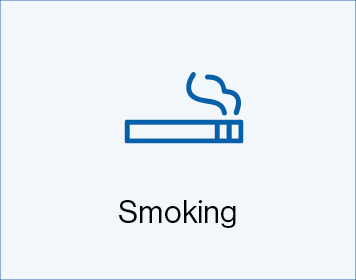



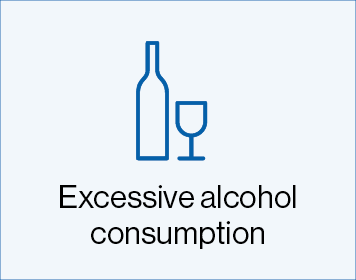
Other risk factors include:5–7
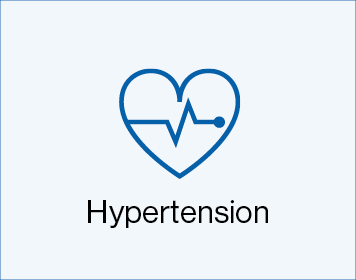
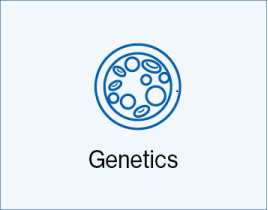
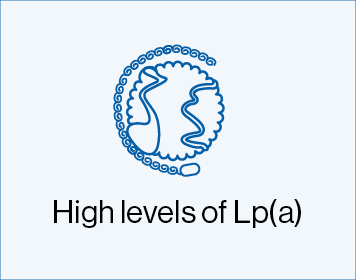



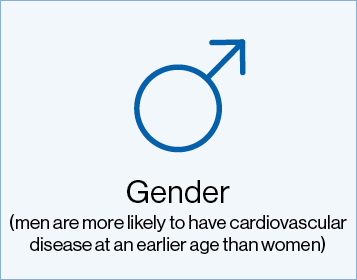
Atherosclerotic cardiovascular disease (ASCVD), a type of cardiovascular disease, that is caused by dyslipidaemia and the accumulation of lipoproteins within the arterial wall, leading to the formation of atherosclerotic plaques. These plaques grow due to continued accumulation of lipoproteins and the proliferation of smooth muscle and fibrous tissue. All these factors contribute to narrowing of the arteries, with subsequent plaque rupture and thrombosis.8 Depending on the location of the obstruction, this can cause a number of cardiovascular conditions, including: coronary heart disease, stroke, and peripheral arterial disease.9
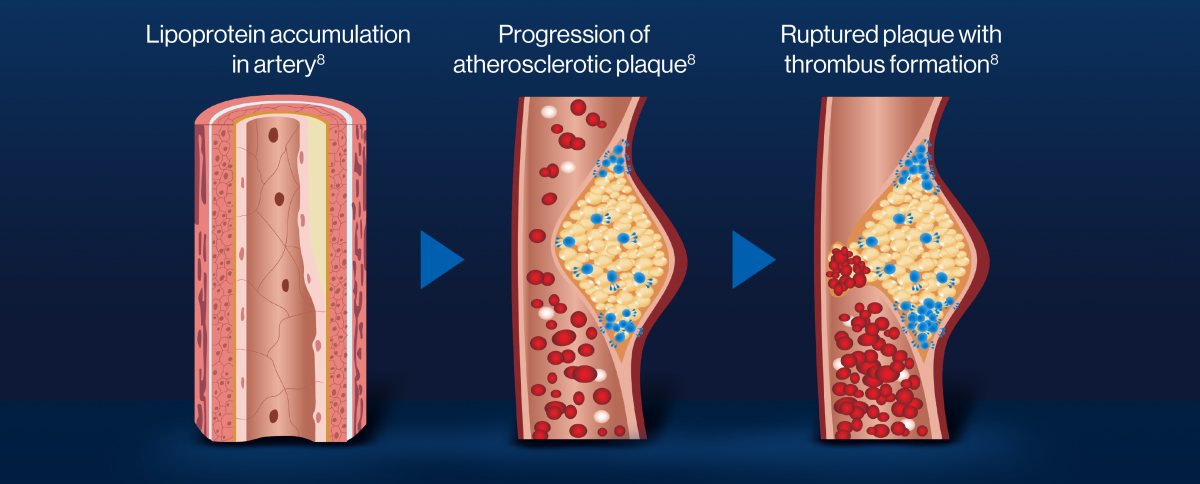
The risk of atherosclerotic cardiovascular disease is increased in patients with familial hypercholesterolaemia (FH) – a common autosomal inherited disorder affecting around one in 250 people in the Ireland.10,11 Individuals with FH have a higher risk of premature ASCVD and death than the general population.10,12 FH is usually caused by mutations in the gene encoding the LDL receptor. As a result, the function of the LDL receptor is decreased and levels of LDL-C are abnormally high from birth.10
Role of lipoproteins in atherosclerosis
The risk of experiencing an acute atherosclerotic cardiovascular disease event rises rapidly as more lipoproteins – for example: Low density Lipoprotein-C (LDL-C) and Lp(a) – become retained and atherosclerotic plaque burden increases.13
Watch the video below to learn more about the consequences of long-term exposure to persistently elevated LDL-C.
LDL-C goals for primary and secondary prevention13
LDL-C-lowering interventions are recommended for both the primary prevention of atherosclerotic cardiovascular disease and the secondary prevention of recurrent cardiovascular events.
The 2019 ESC/EAS guidelines recommend a risk-based approach with more aggressive LDL-C goals for those at higher risk of ASCVD.13
Cardiovascular risk categories
Very-high-risk
- ASCVD (clinical/imaging)
- SCORE ≥10% for 10-year risk of fatal CVD
- FH with ASCVD or with another major risk factor
- Severe CKD (eGFR <30 mL/min)
- DM and target organ damage, or ≥3 major risk factors; or early onset of T1DM of long duration (>20 years)
High-risk
- SCORE ≥5% and <10% for 10-year risk of fatal CVD
- Markedly elevated single risk factors, in particular TC >8 mmol/L (310 mg/dL) or LDL-C >4.9 mmol/L (190 mg/dL) or BP ≥180/110 mmHg
- FH without other major risk factors
- Moderate CKD (eGFR 30–59 mL/min)
- DM without target organ damage, with DM duration ≥10 years or other additional risk factor
Moderate-risk
- SCORE ≥1% and <5% for 10-year risk of fatal CVD
- Young patients (T1DM <35 years; T2DM <50 years) with DM duration <10 years without other risk factors
Low-risk
- Calculated SCORE <1% for 10-year risk of fatal CVD
Adapted from Mach F et al. 2020.13
LDL-C target value

Adapted from Mach F et al. 2020.13
For more information, refer to the guidelines here.
It is estimated that there are nearly 220,000 people with atherosclerotic cardiovascular disease in Ireland14
ApoB, apolipoprotein B; ASCVD, atherosclerotic cardiovascular disease; BP, blood pressure; CKD, chronic kidney disease; CVD, cardiovascular disease; DM, diabetes mellitus; eGFR, estimated glomerular filtration rate; ESC/EAS, European Society of Cardiology/European Atherosclerosis Society; FH, familial hypercholesterolaemia; LDL, low-density lipoprotein; LDL-C, low-density lipoprotein cholesterol; Lp(a), lipoprotein(a); SCORE, Systematic Coronary Risk Estimation; TC, total cholesterol; T1DM, type 1 diabetes mellitus; T2DM, type 2 diabetes mellitus
References
- WHO. Cardiovascular diseases. Available at: https://www.who.int/health-topics/cardiovascular-diseases#tab=tab_1 .
- Central Statistics Office. Vital Statistics Yearly Summary May 2021. https://www.cso.ie/en/releasesandpublications/ep/p-vsys/vitalstatisticsy...
- HSE Chronic Disease Management Programme. Available at: https://www.hse.ie/eng/about/who/gmscontracts/2019agreement/chronic-dise...
- WHO. Cardiovascular diseases (CVDs). Available at: https://www.who.int/news-room/fact-sheets/detail/cardiovascular-diseases-(cvds) .
- NHS. Cardiovascular disease. Available at: https://www.nhs.uk/conditions/cardiovascular-disease/ .
- Tsimikas S. J Am Coll Cardiol 2017;69:692–711.
- Tsimikas S et al. J Am Coll Cardiol 2018;71(2):177–192.
- IntechOpen. Dyslipidemia and its role in the pathogenesis of atherosclerotic cardiovascular disease: implications for evaluation and targets for treatment of dyslipidemia based on recent guidelines. Available at: https://www.intechopen.com/chapters/66725 .
- National Research Council (US) Committee on Diet and Health. Atherosclerotic Cardiovascular Diseases (19) in Diet and Health: Implications for Reducing Chronic Disease Risk, 1989. National Academies Press (US).
- Reiner Ž. Nat Rev Cardiol 2015;12(10):565–575.
- Croi. What is Familial Cholesterolaemia. https://croi.ie/health/heart?conditions/familial-hypercholesterolaemia/
- Hu P et al. Circulation 2020;141(22):1742–1759.
- Mach F et al. Eur Heart J 2020;41(1):111–188.
- EHN. European Heart Foundation European Cardiovascular Disease Statistics 2017. https://ehnheart.org/cvd-statistics/cvd-statistics-2017